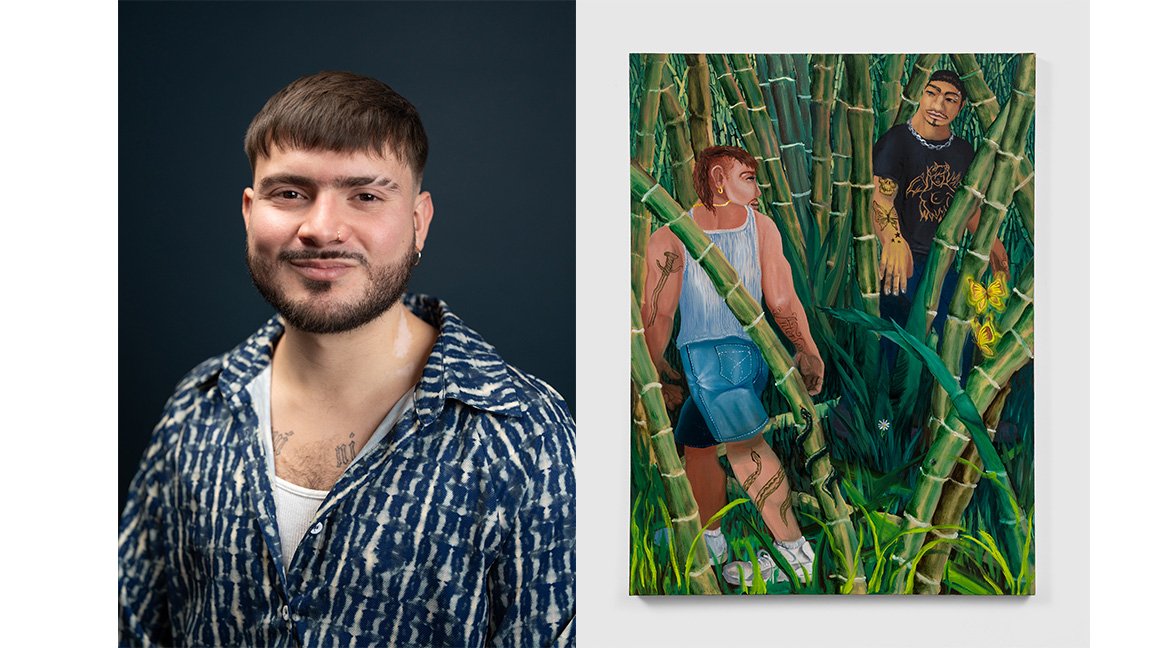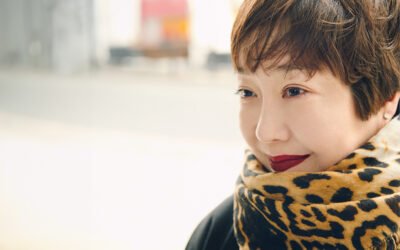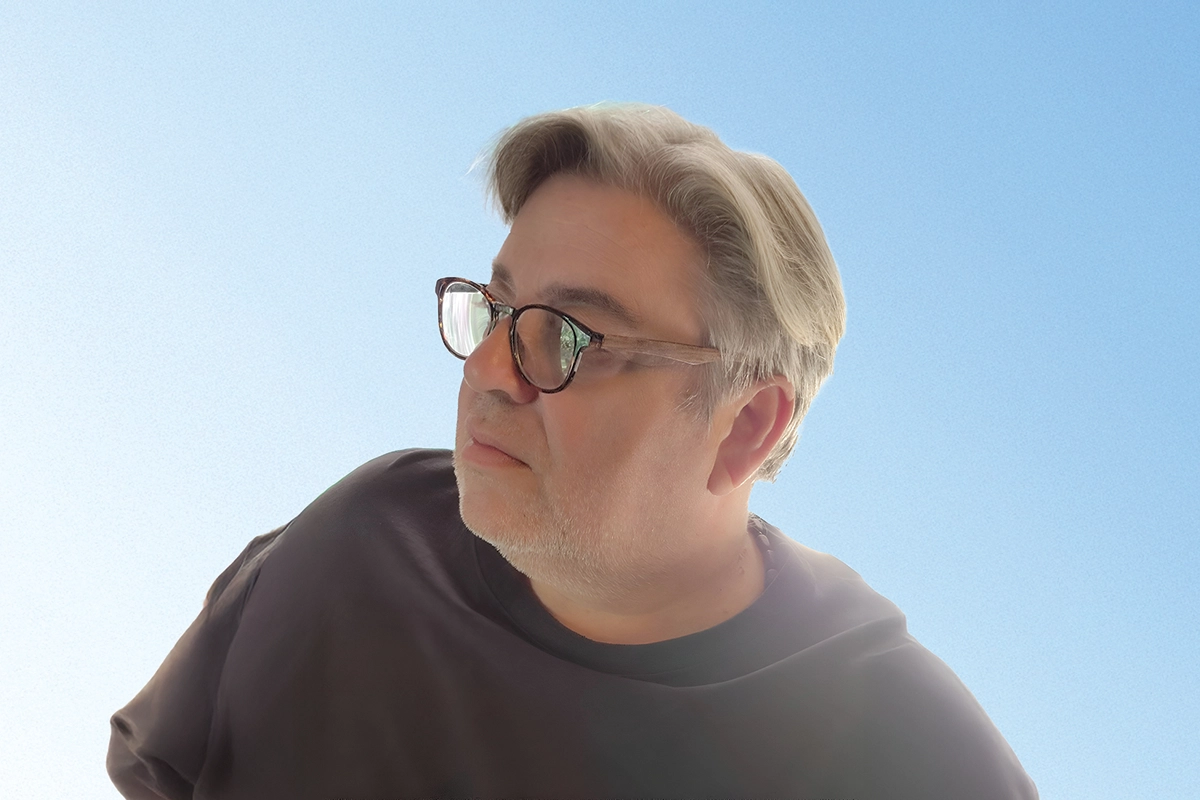Art, Belonging, and Queer Celebration in the Works of Juan Arango Palacios

Discover how Palacios uses colour and craft to forge a path to safety and identity
Juan Arango Palacios explores the intersections of identity, migration, and queer experience through vibrant colours and textures, creating immersive narratives that honour safety, community, and the celebration of Latinx heritage.
Juan Arango Palacios is a powerful emerging voice in the contemporary art world, whose work brings together themes of identity, memory, and cultural legacy with exceptional depth and vibrancy. Born in Pereira, Colombia, Juan’s journey across borders—both geographical and personal—has profoundly shaped his practice, infusing it with a rich tapestry of Latin American heritage, queer identity, and a deep longing for belonging. Educated at the prestigious School of the Art Institute of Chicago, where he garnered multiple awards for his academic and artistic achievements, Juan’s early career has already established him as an artist to watch, with notable solo exhibitions across the U.S., including in Chicago, Los Angeles, New York, and Miami. His works, ranging from painting to textile-making, are lauded for their powerful storytelling and innovative exploration of form, fabric, and colour.
Juan Arango Palacios is a gifted artist whose work celebrates resilience and joy, transforming personal and cultural narratives into powerful, vibrant visuals.
In this interview, Juan opens up about his experience navigating his sense of self as a queer immigrant and how his art seeks to create a world of safety and celebration for queer bodies. Drawing from his Catholic upbringing, family traditions, and the migratory journey that brought him to the U.S., Juan’s art reclaims and reinterprets these influences, crafting vibrant compositions that honour resilience, tenderness, and joy. Through an evocative interplay of paint, fabric, and vibrant colour, he builds a “fantastical queer mythos” that boldly affirms the beauty and complexity of Latinx queer identity, aiming to capture moments of quiet intimacy, community, and belonging within a turbulent cultural landscape.
How has your upbringing in a post-colonial context in Colombia influenced your artistic practice and identity as a queer artist?
Before ever seeing artwork in a museum, I first saw artwork in the cathedral of my hometown: Pereira. I remember walking through the aisle of the church and looking up at the big paintings on the ceiling. The dramatic images of Jesus and saints were the first time I was intrigued by harmonious color palettes and dynamic compositions. This theatrical Catholic approach to painting still influences the work that I make to this day.
Can you discuss the impact of your family’s migrations on your sense of self and how this is reflected in your work?
Arriving in the hot swamplands of Lake Charles, Louisiana shook my world to the core. I grew up looking at lush mountains everyday, and arriving in such a flat place without knowing the language or culture taught me how to quickly adapt to uncomfortable situations. This immigrant experience is what allowed me to fearlessly throw myself at anything the world threw at me. Whether it was moving to a big city to study art or deciding to come out of the closet, my immigration journey is what truly prepared me for the challenges of life. Thanks to my parents’ sacrifices, I have been able to learn languages, meet people, and see places that have collectively become archetypes in my paintings.
In what ways do you address the challenges faced by queer identities in your art, particularly within the contexts of homophobia and misogyny?
Like many artists throughout history, I simply paint the world that I see around me; I paint my world. I unapologetically paint queer people– existing, resting, dancing, kissing, and living the life they have a right to live. While we live in a world where queerness is generally accepted by most people, gay and trans people have increasingly become targets of political culture wars. Here in the United States more and more anti-queer laws have been proposed as a fear mongering strategy in conservative spheres. My work stands as an exclamation of my existence as queer person, and as unwavering images solidifying queer people into mainstream culture.
How do you use paint as a medium to represent memories and experiences related to safety and survival for queer bodies?
Paint is a fluid and boundless medium that allows me to create images at my own terms. I look back at the customs that I grew up practicing, pick the aspects that bring me joy, and rebuke anything that disparages my identity. Additionally, I find great value in appropriating traditionally heterosexual subjects into my own homoromantic fantastical imagery. In my work, the vivid lyrics from joyous music, the alluring narratives of magical realism literature, and the vast reaches of our convoluted history are paired with the modern queer experience to create images glorifying the prosperity of Latinx people in the American diaspora.
Could you elaborate on your process of weaving and how it contributes to the narrative aspect of your art?
I see weaving as a universal and ancestral process of making that connects us across the all-encompassing human experience. Not only do I employ this ancient craft to involve such a significant material, fabric, in my work, I also use it to connect to my family history. I grew up watching the women in my family sew, knit, crochet, macrame, quilt, and weave. Because of restrictive gender roles, I was never taught these skills and techniques as a child. However, in my adulthood I reclaim access to this medium and use it to create images within my artistic visual vocabulary. Through both painting and weaving, I make objects depicting scenes from the fantastical queer mythos that exist in my work.
What role does colour and composition play in your work, especially in terms of creating a sense of safety and fantasy for queer experiences?
Colour and composition are the driving factors in my work. Through dynamic compositions, I create active images that enchant the eye into moving across the canvas finding small quiet details that add to the sense of joy and safety in my work. Using vibrant colour palettes, I depict alluring visions that toe the line between reality and fantasy.
Photo by Diana Solis












